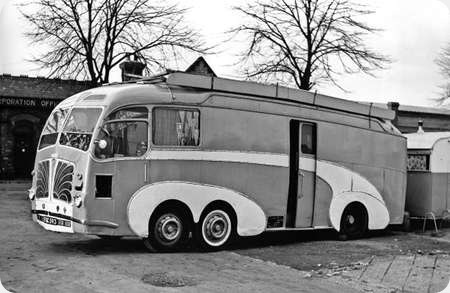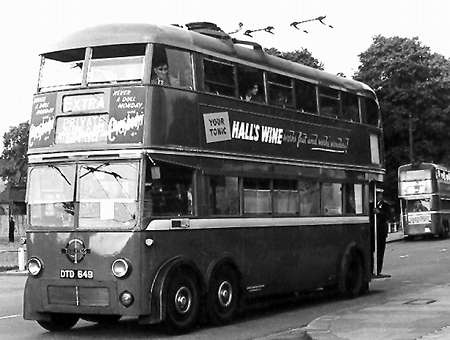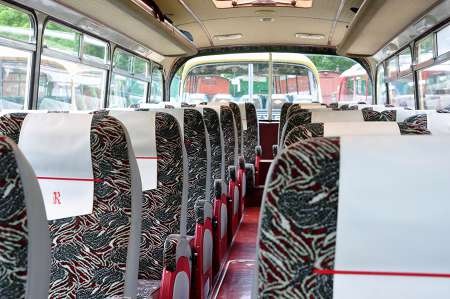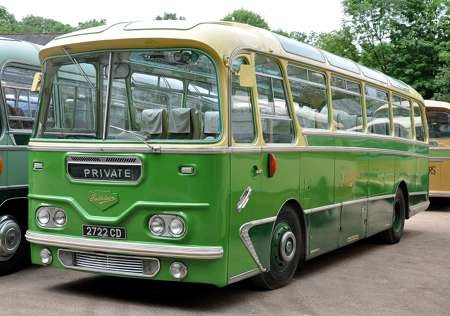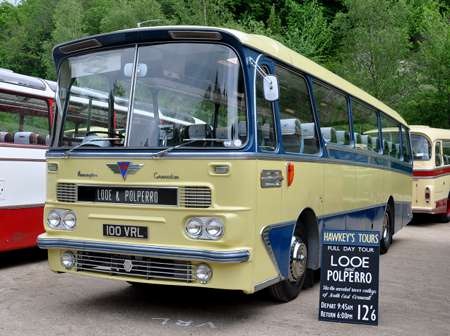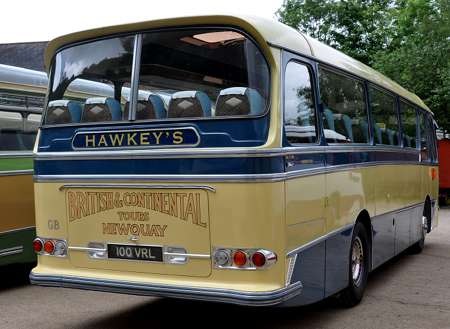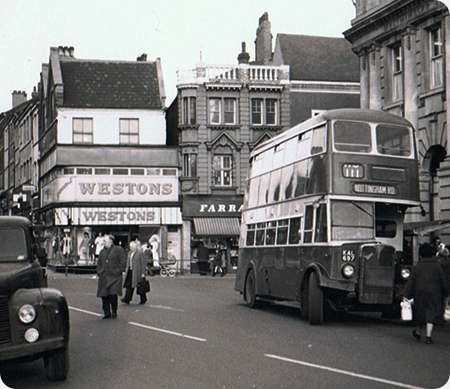City Coach Company - Leyland Gnu - FGC 593 - G1
City Coach Company (Brentwood)
1938
Leyland TEP1 Gnu
Duple C40C
This vehicle was the third and last TEP1 chassis and was delivered new to the City Coach Co in August
1938 as fleet number G1. City’s later Gnus were of chassis type TEC2. When new the Duple bodywork was in
C40C lay-out.
The vehicle was sold to a dealer in May 1948 and then re-sold to E Wright of
Southend-on-Sea (trading as Grey Luxury Coaches) in the following month, becoming Wright’s fleet number
8. Wright withdrew it in June 1951 and it next appeared with Taylor of Caterham in May 1952 as fleet
number 16.
Taylor traded it in to the Arlington Motor Co dealership in November 1954 and by June
1956 it was reported to be with an "unidentified showman". Does anybody know when it was last
licensed?
I bought the original 10×8 print (which now hangs in my flat!) from a second-hand
stall and have no idea who the original photographer was nor where the picture was taken. Can anybody
identify the location?
Photograph and Copy contributed by Neville Mercer
27/03/16 - 09:58
Ooh! 25 years or so before the Bedford VAL . . .
Pete Davies
28/03/16 - 15:07
Four-wheel steering PSV’s were a very rare breed. The Leyland Gnu (supposed to have a silent G but that all stopped with Flanders & Swann’s song) was not only a rare beast with its four-wheel steering, but also with its set back front axle, like the Maudslay SF40/Magnum, but not looking so sleek.
Another example was London Transport’s 1939 chassisless all-Leyland Class X7 four-wheel steering trolleybus 1671 (DTD 649) which was unique in the fleet and scrapped in 1955. It was conceived, and was successful at, reducing tyre-scrub problems on the conventional six-wheeled trolleys and considered to have light steering, but was not repeated.
Chris Hebbron
